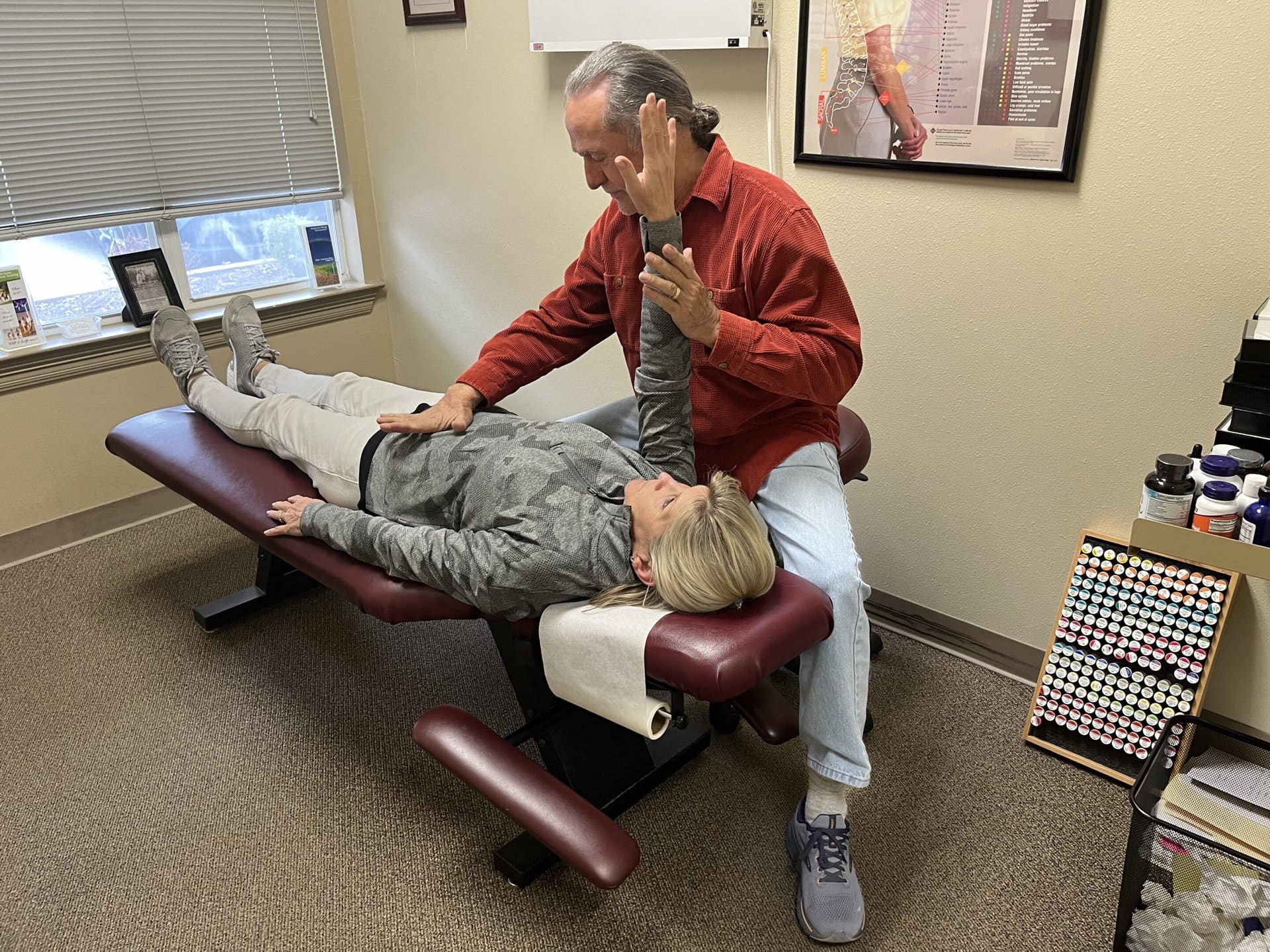Back pain affects millions worldwide, often leading to decreased quality of life and increased dependency on pain medications, which are not without their risks. Chiropractic care offers a potent, non-invasive alternative that directly addresses the root causes of back pain through spinal adjustments and manipulations. This article delves into why chiropractic care is effective for back pain and when it might be time to consider this treatment option. The focus will be on how chiropractors approach back pain from various angles, employing techniques proven to alleviate discomfort and enhance spinal health.
Understanding Chiropractic Care
Chiropractic care is founded on the principle that proper alignment of the body’s musculoskeletal structure, particularly the spine, will enable the body to heal itself without surgery or medication. Manual manipulation is used to restore mobility to joints restricted by tissue injury caused by a traumatic event, such as falling, or repetitive stress, such as sitting without proper back support. This approach is often effective in relieving pain and improving physical function.
- Chiropractors are trained to use precise hands-on techniques.
- The goal is to enhance spinal motion and improve your body’s physical function.
- Chiropractic care is often used as a primary treatment for back pain.
Benefits of Chiropractic Adjustments
Chiropractic adjustments involve the chiropractor applying controlled pressure to the spine, which can improve alignment and overall physical response. Studies suggest that these adjustments can significantly reduce lower back pain and improve spinal function. This form of treatment can also reduce the need for painkillers and potentially invasive procedures.
- Adjustments are tailored to each patient’s specific needs.
- They aim to reduce pain and increase performance.
- Chiropractic care can decrease the dependency on medication.

When to Consider a Chiropractor for Back Pain
One might consider chiropractic care for back pain if they are experiencing persistent lower back pain, muscle aches, or sharp, shooting pains in the legs. Many people turn to a chiropractor after other traditional treatments have failed, finding relief through chiropractic adjustments where other methods did not provide as much benefit. A generic example includes a person who, after months of minimal relief from medications and physical therapy, finds significant improvement after a few chiropractic sessions.
- Consider chiropractic care if traditional treatments have failed.
- It’s suitable for persistent lower back pain or muscle aches.
- Effective for pain that extends down the legs.
Chiropractic Techniques for Back Pain
Chiropractors employ various techniques to treat back pain, which may include manual spinal adjustments, mobilization, and adjunctive therapies such as electrical stimulation and ultrasound. The specific technique chosen depends on the individual’s condition and pain severity. These methods aim to relieve pain, improve function, and promote healing.
- Spinal manipulation is the most common technique used.
- Chiropractors may also use mobilization to increase joint mobility.
- Additional therapies can complement adjustments to boost effectiveness.
Patient Testimonials and Case Studies
Real-life examples of patients who have benefited from chiropractic care can highlight its effectiveness. Many patients report significant improvements in pain levels and mobility, with some achieving lasting relief from chronic back pain. These testimonials and case studies provide compelling evidence of the benefits of chiropractic care for back pain.
- Many patients experience substantial pain relief.
- Improvements in mobility and quality of life are commonly reported.
- Chiropractic care can provide lasting relief from chronic conditions.

Choosing the Right Chiropractor
Selecting a qualified chiropractor is crucial. Look for someone who is licensed and has good reviews from previous patients. They should also offer a clear treatment plan and be willing to work collaboratively with other healthcare providers as necessary.
- Ensure the chiropractor is licensed and experienced.
- Check reviews and testimonials from other patients.
- A good chiropractor will offer a clear, personalized treatment plan.
Safety and Risks of Chiropractic Care
While chiropractic care is widely regarded as safe, it is not completely free of risks. However, the risks are generally low and complications are rare. It is important for patients to disclose their full health history to avoid any potential adverse effects.
- Chiropractic care is considered safe for most people.
- Disclosure of health history is crucial to minimize risks.
- Complications are rare but can occur.
Key Takeaways for Chiropractic Care in Treating Back Pain
Chiropractic care offers a reliable alternative to traditional medical treatments for back pain. It addresses not just the symptoms but also the underlying causes of pain through natural, non-invasive techniques. Key takeaways include:
- Chiropractic care is effective for both acute and chronic back pain.
- It provides a viable alternative to medication and surgery.
- Early intervention can enhance outcomes.

Frequently Asked Questions
- How quickly can I expect relief from my back pain with chiropractic care?
- While individual experiences vary, many patients feel relief immediately after their first few sessions.
- Is chiropractic care covered by health insurance?
- Many insurance plans do cover chiropractic care, but it’s important to check with your provider for specific details.
- Can chiropractic care cure other ailments besides back pain?
- Chiropractic care is primarily used for musculoskeletal issues, including neck pain and headaches, alongside back pain.
- How often should I see a chiropractor?
- The frequency of visits can vary based on your condition and the severity of your symptoms. Your chiropractor will recommend a treatment plan tailored to your needs.
- Can children receive chiropractic care?
- Yes, chiropractors are trained to treat patients of all ages, including children, using appropriate techniques.
Mandeville Total Wellness specializes in Nutrition Response Testing, Chiropractic Care and other wellness treatments, dedicated to fostering your body’s natural healing abilities. Our team combines years of expertise in nutrition and chiropractic wellness with a passion for holistic health, offering personalized care tailored to each individual’s needs. Grounded in the belief that true wellness comes from harmony within the body’s systems, we are at the forefront of a health revolution, guiding you towards optimal health. Discover a vibrant, healthier you with Mandeville Total Wellness, your partners in holistic healing.












